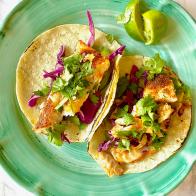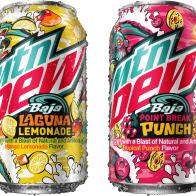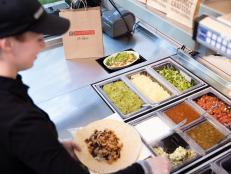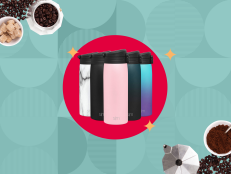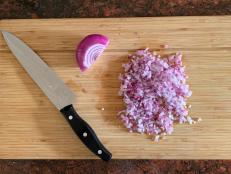Orange Juice Drinkers May Soon Feel the Squeeze
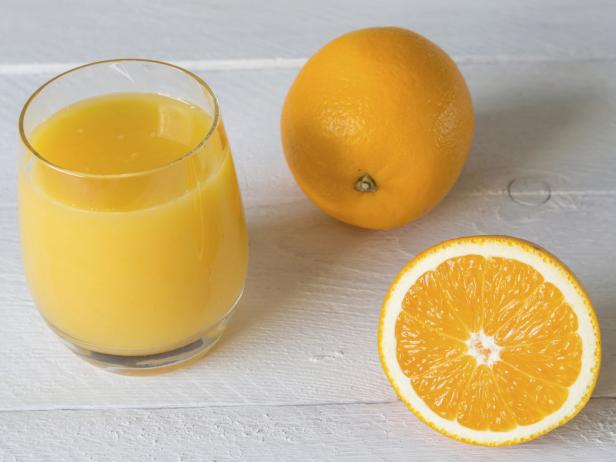
8vFanI / ThinkStock
Is your morning cup of orange juice in danger? It might be. And your grapefruit too.
A bacterial disease known as citrus greening (AKA Huanglongbing or HLB or yellow dragon disease) is threatening America's citrus crops. Named for the way it turns citrus fruits green, misshapen and bitter tasting, and thus unsuitable for sale or consumption as either fresh fruit or juice, citrus greening poses no direct threat to humans or animals. For the trees themselves, however, it is devastating — and ultimately deadly. There is, as of now, no known cure.
Though the disease likely originated in China in the early 1900s and has long wreaked havoc abroad, citrus greening wasn't detected in the United States until 2005, when it was spotted in Florida. By 2008 it affected almost every citrus-growing county in Florida, and it has continued to spread broadly and rapidly, primarily via a gnat-sized insect called the Asian citrus psyllid, which carries the disease from tree to tree as it feeds.
Researchers are working assiduously in search of a solution — and some of that research may yet (forgive the pun) bear fruit. The government, too, has launched a multimillion-dollar effort to curb it, but in the meantime, citrus greening has insidiously killed untold swaths of trees and led to full or partial quarantines (essentially meaning you can't move "citrus greening host material" outside the area) in 15 states or territories, including Alabama, Arizona, California, Florida, Georgia, Guam, Louisiana, Mississippi, Puerto Rico, South Carolina and Texas.
How bad is it? The USDA Agricultural Research Service says the disease "undoubtedly poses the most-serious threat that the Florida citrus industry has ever faced," endangering its very survival, and, in fact, that of the U.S. citrus industry in general.
That warning, while ominous, may seem abstract to most of us, even if we do enjoy a fresh-squeezed juice now and then. But here's something more concrete: The projected output of oranges, grapefruit, tangelos, and other citrus fruits in Florida, the state that produces more than 60 percent of U.S. orange crops, has declined sharply, hitting its lowest point in three decades. Orange juice prices, meanwhile, have climbed 19 percent in 2014 — to their highest prices in two years.
In other words, even if you choose to take a glass-half-full attitude about the effects of citrus greening, soon, when you reach for your morning OJ, you may feel its squeeze.


